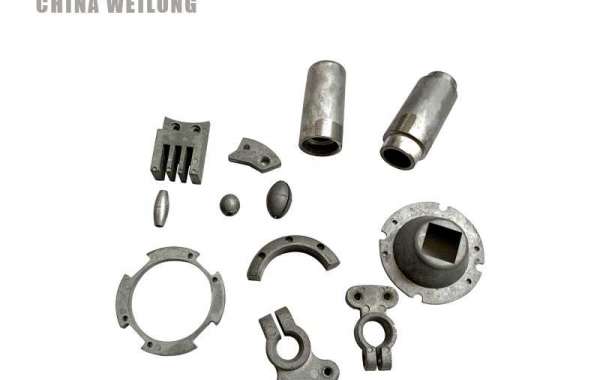Occupational lead poisoning is when the vapor, smoke or dust of lead and its compounds invade the human body from the respiratory tract, and can also be absorbed through the respiratory tract, resulting in damage to the nervous system, digestive system, and respiratory system. People who work with lead compounds for a long time have the highest chance of getting sick, such as lead die casting workers. After all, the working conditions of occupational harmful factors are one of the decisive prerequisites for whether occupational diseases can be caused. Therefore, while protecting the health of the occupational population, the conditions of action should also be considered, and the occupational lead harmful factors should be controlled by improving environmental measures and strictly implementing the hygiene standards.
In order to prevent occupational lead harmful factors from harming contacts, the first and second levels of prevention should be strengthened. Early detection and early treatment can reduce the impact on human injuries.
In addition, health surveillance needs to be strengthened. The basic contents include health examinations, establishment of health surveillance files, health status analysis, and labor ability identification. The health check includes pre-employment health check and regular health check.
Pre-employment health check refers to the health check of personnel who are preparing to engage in a certain type of operation. The purpose is to understand the original health status of the subject and various basic data, and to find occupational contraindications. Patients with hematological diseases, anemia, nervous system organic diseases, and liver and kidney organic diseases are not allowed to work in lead industry positions.
Regular health check-ups refer to regular health check-ups for work exposed to occupational lead at certain time intervals. The purpose is to detect suspicious signs of occupational diseases in time, detect high-risk groups as key monitoring subjects, and take preventive measures to protect workers.
The health surveillance files mainly include: (1)Occupational history and medical history; (2)Family history (focus on the history of genetic diseases); (3)Basic health information, focusing on the level of relevant indicators before employment; (4)Exposure to occupational lead harmful factors and levels; (5)and Career-related guardianship items; (6)Others, including hobbies and lifestyle.
Of course, in addition to occupational lead poisoning, people engaged in many other chemical industries are more or less hazardous. For example, workers engaged in zinc die casting has a high probability of suffering from occupational zinc poisoning if they do not take preventive measures. Therefore, no matter what you are doing, strengthening your own protection and taking safety measures is what you should do the most.








